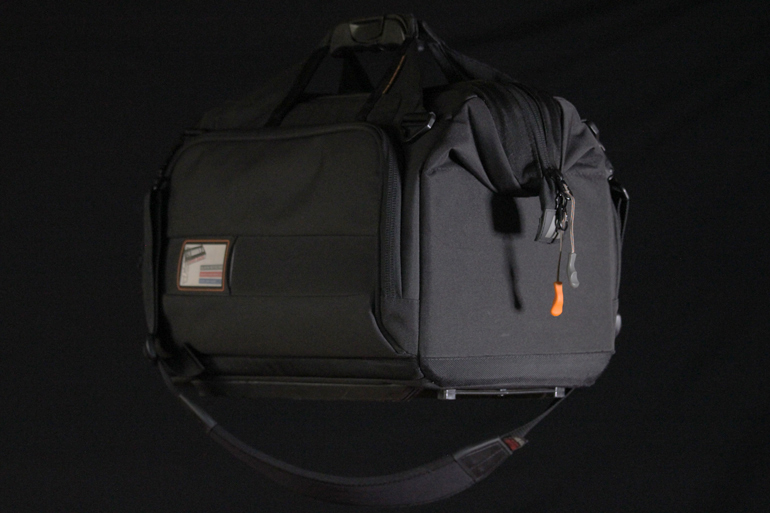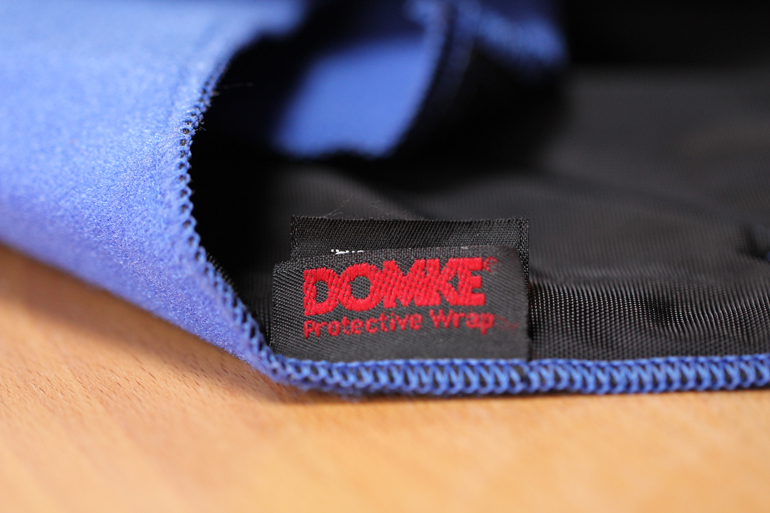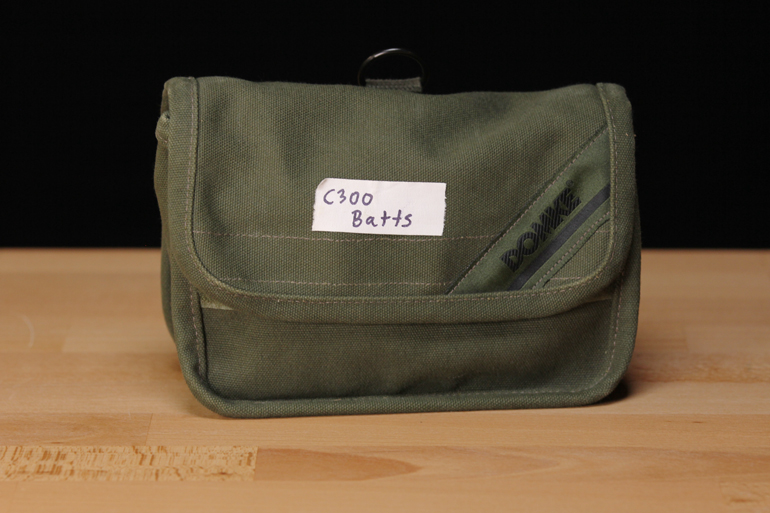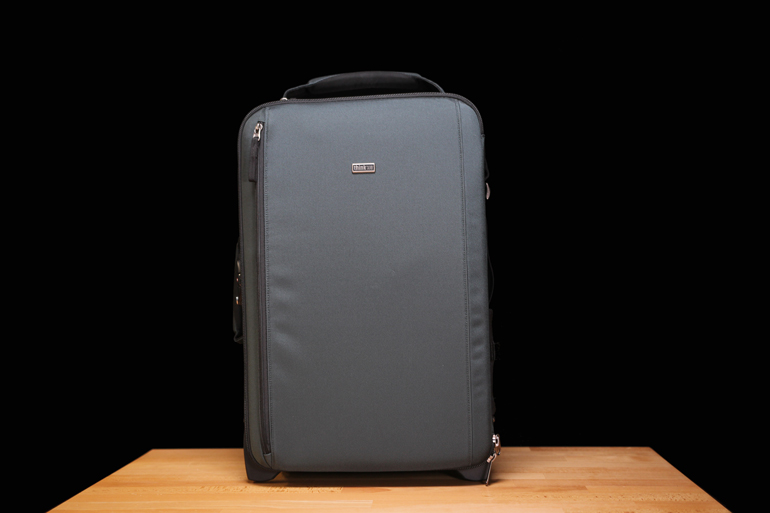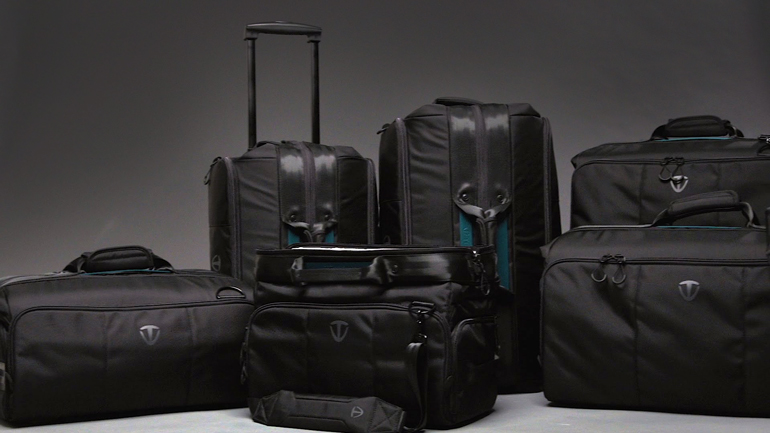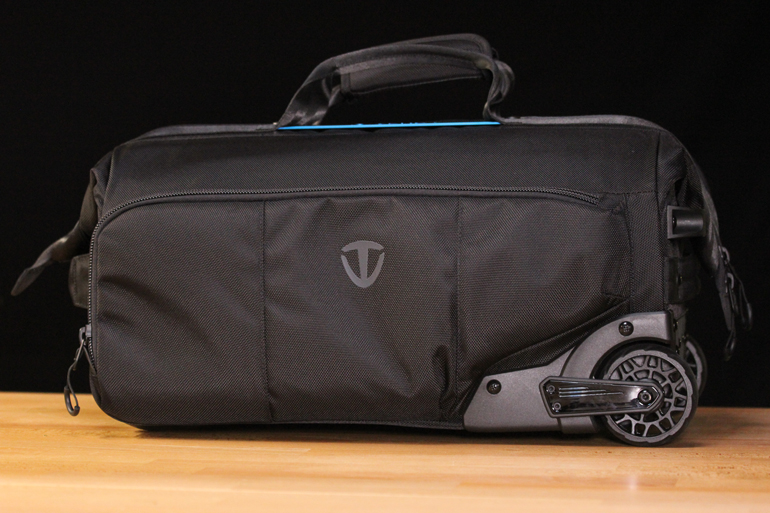Rolling Camera Bags
Writing reviews of bags sometimes seems like an afterthought in the gear blog world - there are lots of options out there, yet many videographers seem to fall into the same couple popular solutions: Pelicans, Portabrace, or something in-between.
For the Digital Filmmaker philosophy, which we laid out early in the development of this site (Video Production Equipment for Documentary Filmmaking and our Corporate Video Production Guide), the way we pack our bags, and the bags we choose actually dictate a lot more of our production style than one might expect. It’s foundational stuff.
We are not full time gear reviewers (yet?), but rather working Videographers and Documentary Filmmakers. Have camera, will travel is the motto. We buy things, we sell things, and we are always after the best and simplest kit we can achieve. Bags are a huge part of that.
Our Camera Bag strategy: The 3 Bag System
It’s been said a million times: in our line of business, no two jobs are fully alike. We swap out cameras, support rigs, and specialty shooting equipment depending on the needs of the client and the story we want to tell. No two jobs are ever quite alike, even for the same client. For us, that means building in modularity whenever possible, across the board.
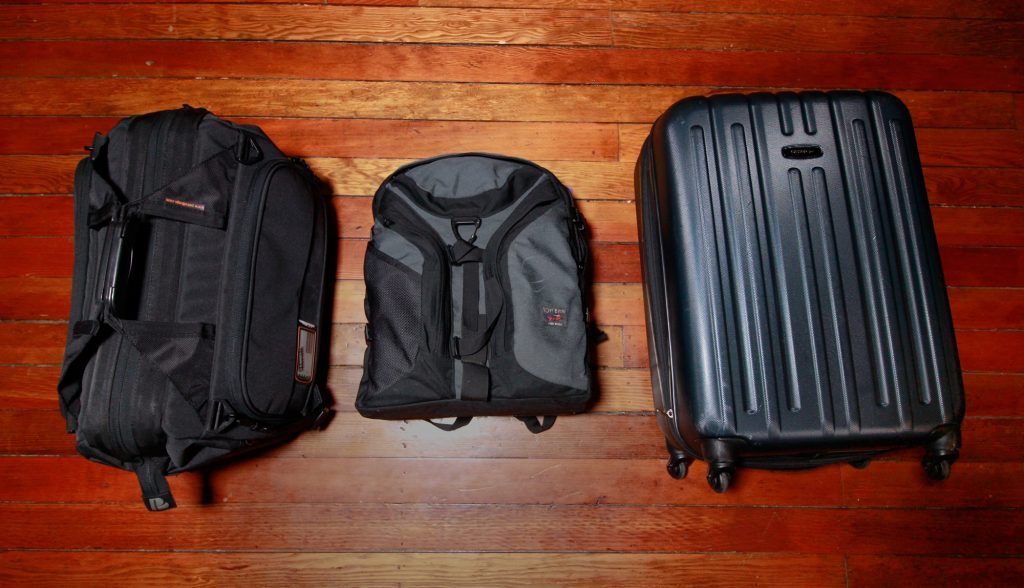
With mixing it up in mind, any time we have to do any significant travel for a project, we work with a three bag system:
1. The Backpack - this is currently a Tom Bihn Brain Bag. We have outfitted each of these with a Tom Bihn Lens IO, which can carry our lenses and camera bodies, and a Tom Bihn Brain Cell for our editing laptop.
There are two separate compartments, so it all fits and still packs down to a respectable “personal item” for travel. The beauty of this setup compared to many other systems available is it doesn’t scream “camera bag” which can make a bag an easy target for theft, security scrutiny, etc.
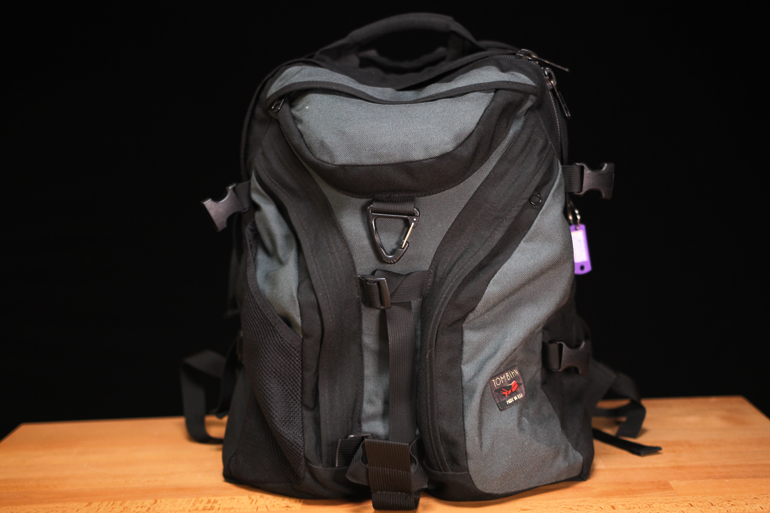
2. The Carry-on (secondary bag) - We use the Sachtler Dr. Bag 3, because the “doctor” style opening creates additional space when open, and allows for easy access and a good view of the stuff inside. It even has a little LED light strip to light itself when needed (!).
Typically, we pack these pretty full for travel - monitors, batteries, audio stuff, smaller lights - then reorganize when we’re on the ground so they can be used to carry built up camera rigs and bigger stuff as needed for running and gunning, which is crucial.
3. A Checked Bag - This is generally just a good, lightweight suitcase - nothing fancy. Since the weight limit on most airlines is 50 lbs (without having to pay extra) we find it more economical to go this route than to use larger Pelican style cases, which are pretty weighty to begin with.
Usually, since we’re carrying our cameras, lenses, many of our batteries, microphones and other non-replaceable kit, we just have pretty sturdy stuff inside like light stands, monopods, tripods, heads, power supplies, cables and the like in the suitcase. So far, nothing has broken or been otherwise damaged (there’s more on our gear wrapping and compartmentalizing process below).

The Method Behind the Madness
Our 3 Bag System is a product of hundreds of thousands of air miles traveled, and it is designed to do a couple of things for us:
1: Economics: It allows us to make the most of what airlines allow as carry-on baggage. By bringing along our most expensive, hard to replace, heavy and fragile equipment on our person within the generally allowable carry-on bag and “personal item” guidelines, we end up saving a lot of baggage fees and headaches. In years of flying regularly, it’s proven itself to be functional and cost effective. Being cheap at the right times can keep you in business.
2: Ergonomics: The bags shouldn’t weigh more than the gear. That seems simple, but we see it all the time… A hard case like a Pelican can weigh more than the gear it actually is carrying. Worse still, after the travel is done, hard cases are heavy and unwieldy to move in a fast paced production environment. What that means is things get left behind when you’re running and gunning, and the production suffers. We work hard to avoid that with a simple mantra: if one person can’t carry all the gear they need, we don’t bring it. Which leads us to #3…
3. Modularity: The system gets us where we’re going but leaves us with a modular system of carrying stuff when we get to the location. Because we’ve kept an open, multi-format system, the same bag that held everything broken down for travel can now hold a fully built-out camera with a handle, monitor, mic and all the other stuff bolted on when we’re shooting.
To Divide or not Divide?
We’ve all seen the gear porn shots on Instagram - the Pelican 1510 (or bigger!) case with perfect cutouts, each filled with a cine lens, a DSLR body, or other shiny object of desire. Seems like the way to go for the working professional, right? Well, in our opinion, not so much.
Whether hard or soft, most of the bags on the market offer some sort of modular divider set up, designed to subdivide the open space of the bag into little spots for individual pieces of gear. Super neat and tidy and picture perfect. In many cases, this setup is the selling point of a bag. But, when we get a bag with that stuff, we almost always rip it out and set it aside. It’s a matter of space saving, and a matter of experience for us.
In fact, our system for dividing, organizing and protecting gear during transit is the same no matter what bags we’re using:
The Domke F-945 pouches come in a variety of colors and are perfectly suited for organizing things like different batteries, camera rigging parts, and other small stuff. When getting ready to travel, they allow you to modularly control the weight of each bag, as well as gauge fragility of like items in any one bag. When you get to the location, you can then quickly reshuffle them so that each bag is set up to house all the accessories for an individual or a specific rig.
Likewise, our camera bodies, lenses, tripod heads, and various other larger or irregularly shaped items are wrapped in Domke 19x19 Wraps or Tenba 22inch Wraps - which are foam lined or neoprene with velcro on the corners. These offer a good level of protection so things don’t rub together and get scuffed or dented. They also allows you to move things around in transit without having to whip out a fully exposed, naked $11K camera in a crowded airport or bus station.
We prefer to use the largest size of wraps available - 19" or larger - in various colors for additional control over sorting different gear. Get more than you need - trust us, you'll use these on everything.
Finally, mark all your pouches with some white gaff tape and marker. That way, you can quickly find your camera batteries, small lights, etc. without opening anything up. By doing this, you can easily change up your color scheme to accommodate different productions and packing styles.
The Weak Point of the 3 Bag System
One of the biggest problems with our system, in practice, is that for more complex shoots we will end up carrying quite a load of stuff on our feet. Even once we’ve checked our suitcase (ours are almost always 50 lbs on the nose, thanks to a handy suitcase scale like this), we’re left carrying a backpack and shoulder bag that can end up pushing the limits of what’s reasonable to walk with. Especially considering you may end up covering miles in a major airport.
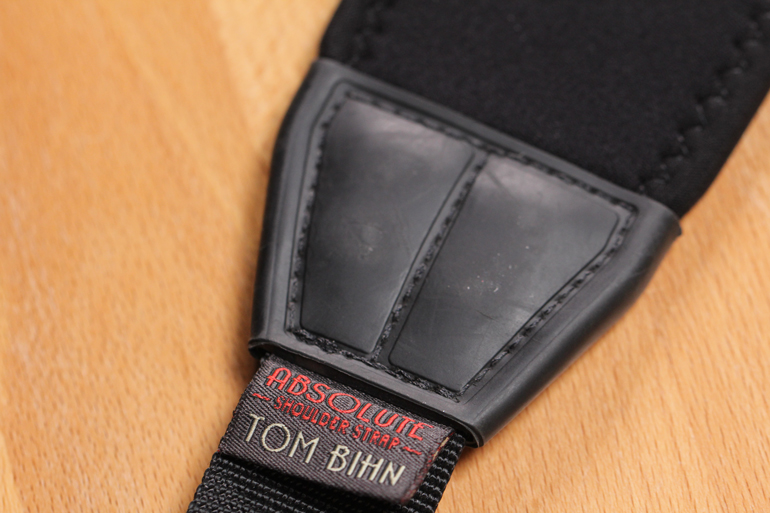
So far, the best quick fix to this problem has been the Tom Bihn Absolute Shoulder Strap. For the frequent traveller, this is probably the best $30 you could ever spend. It’s made of a stretchy wetsuit type polypropylene fabric, which stretches slightly as you walk… and somehow, it manages to reduce “bag fatigue” (yes, that’s a thing) quite noticeably. We have a few already, and we're actually eyeing another. Good stuff.
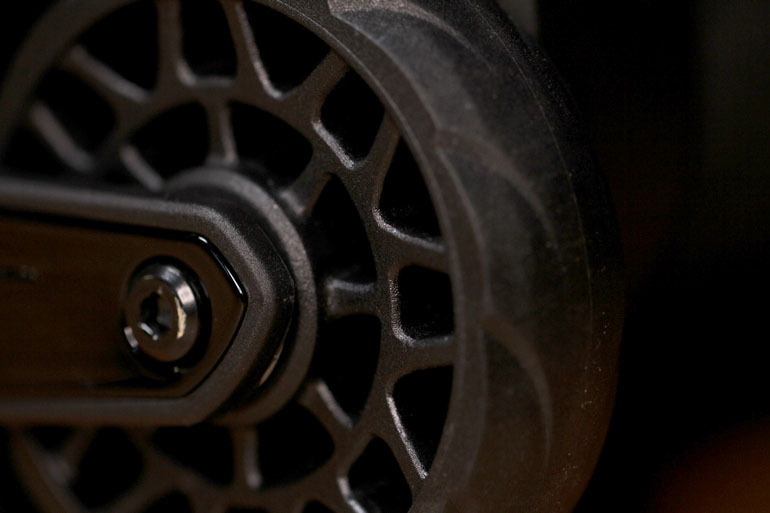
Even with that killer strap hack in place, the combination of a backpack and a shoulder bag has been weighing us down - and we’ve been looking for a reasonable replacement. Maybe... something with wheels?
Think Tank photo Video Transport 20 carry-on case
The first bag that we have seriously considered to replace our trusty carry-on, the Sachtler Dr. Bag 3, is the Think Tank Photo Video Transport 20.
Think Tank started out like many of us, in the photo world riding the DSLR video revolution to the present. They have a good pedigree, and they make good stuff. And, this last year at NAB, we were excited to see the first versions of what would be a fully redesigned and reimagined Video Transport series.
There are a couple of different sizes and shapes within the new Think Tank video series collections for specific cameras and rigs, but the ThinkTank Photo Video Transport 20 is specifically designed to fit the current US domestic carry-on recommendations. Now, keep in mind that standard sometimes feels like a moving target between airlines, but it’s a nice assurance to have. (The Video Transport 18 is a slightly smaller version of this bag, designed to meet international carry-on size restrictions.)
The internal volume of the bag calculates to be significantly more than that of our current carry-on combined, which is a big selling factor. It means we could take some of the weight out of our backpacks, so that they can more easily stow under the seat when required. It even has a designated laptop sleeve, which would only make our back-carried weight lighter. But, it could also mean that on smaller flights you have to check it. Keep in mind, that volume doesn’t account for the space taken up for the dividers and padding stuff.
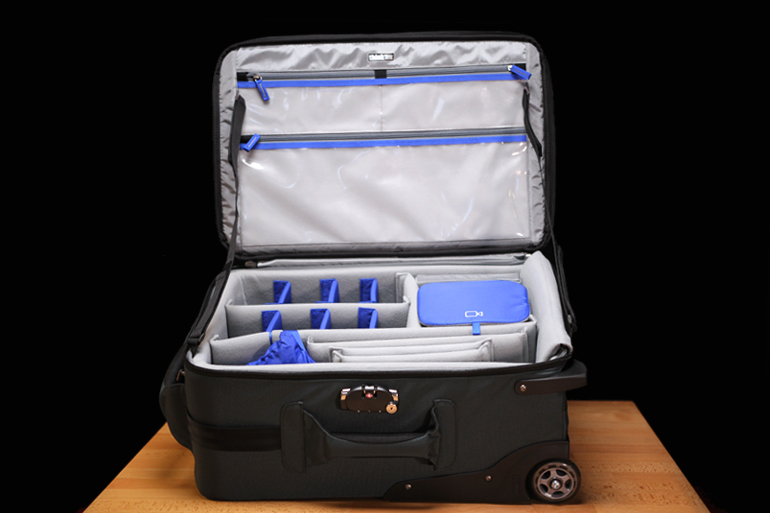
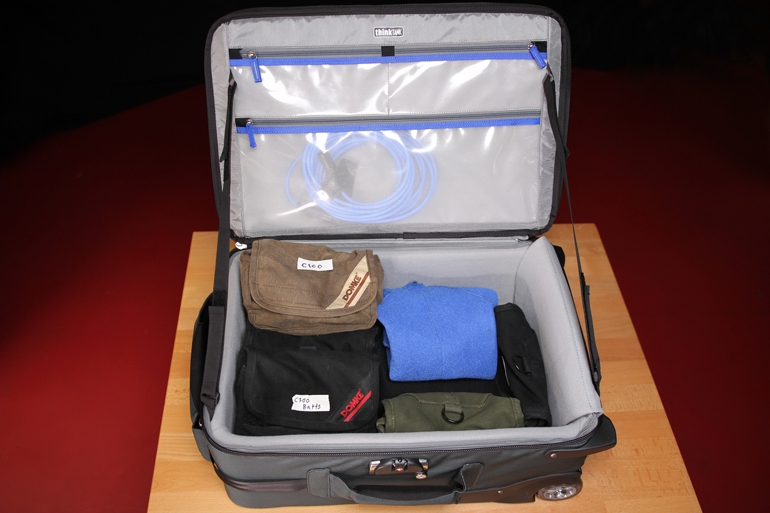
As with most bags in this market geared towards photo and video, it comes with a healthy selection of dividers and padding pieces for lens padding and protection. If that’s something you might envision using, that could work out great. We, however, have almost all of our provided bag dividers set aside in a big-old-pile.
The nice thing about what Think Tank has designed in the dividers is that everything is removable, even the padding that encircles the perimeter of the bag. That’s good for modularity as well as cleaning and repair, and especially for folks that come with their own modularity system.
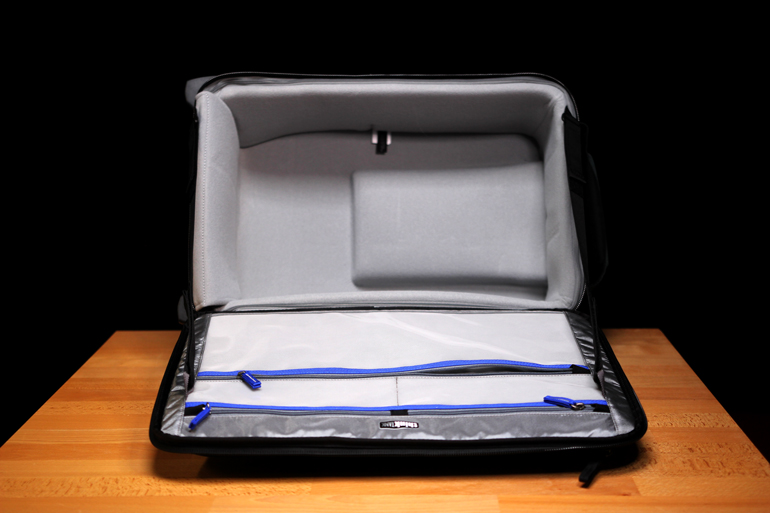
Another place where a built-in feature shines for us - a proper tripod (or maybe light stand?) strapping system on the side of the roller. It’s got both straps and a little pouch at the bottom to help corral your legs and ensure your sticks are tightly in place. Nice.
We usually have to remove the fluid head from the sticks in order to travel gracefully, so it’s nice to have a way to easily wrangle the whole thing when on the move while shooting. We currently use our Tom Bihn quiver system to accomplish this on the side of our backpacks, but those are currently unavailable, so newcomers have to wait until the redesigned quivers.

Another thoughtful feature it comes with, the kind of touch Think Tank is known for, is a purpose-built rain cover. For years, we’ve been carrying around hefty bags in the side pockets of our bags for just this reason - you only have to get caught in a downpour or on the bow of an open skiff once to learn that lesson. This one is a little bit more professional looking, and there’s less risk somebody stole it to put their dirty clothes in.
Overall the build quality is solid, as we would expect from the brand. But, we look forward to putting it to the test, because really that’s the only way to truly know. It’s also nondescript enough to pass as a regular-average-joe carry-on, which is a huge plus in our business. All the years carrying our Portabrace blue bags, we can’t help but wonder if having stuff that’s too specific doesn’t make you a target for theft or security scrutiny. At any rate, it never hurts to blend in.
What are the drawbacks for us? First off, it’s a bit on the heavy side - coming in at almost 14 lbs fully equipped. But, that said, you have to keep in mind that you’re going to be doing a lot less lifting it, and generally US domestic airlines don’t weigh your carry-on bags. And, that 14 pounds includes all of the easily removable padding stuff, so the weight goes down if you don't use the padding.

If anything, the biggest drawback to this bag is that it’s a bit on the spendy side - mostly for features we don’t always use. If we've said anything, it’s that we’re not super reliant on the internal foam bits… and with this bag being more than double the cost of our current Dr. Bag 3, that is something you have to weigh out to justify this camera bag as opposed to a number of nice consumer, hard sided carry-on bags.
But, if you consider the quality, you’ll likely be using it for much longer than it would take to justify the additional cost. And replacement knees, hips and a bad back will likely cost much or in the long run. Sometimes it doesn’t pay to be cheap. Long story short, for us, this one's a keeper. We may need two.
Tenba Cineluxe Roller 21
There are definitely times when we would be lost without our Dr. Bag 3 or at least some type of “doctor” style bag… not so much when we’re walking through the airport terminals, but when we’ve arrived on location and we’re using them to hold our already built-out rigs. The doctor opening is just that useful.
And, as appealing overall as the ThinkTank Video Transport 20 is, there are times where we will be on smaller regional jets and prop planes, which are actually quite a bit more limited in their carry-on capacity. Sometimes that means a camera bag like the Transport 20 becomes an automatic checked bag, which is a bummer. Why couldn’t there be a doctor style bag with wheels on it?
With that in mind, we were stoked when we found the Tenba Cineluxe Collection of bags. This line basically offers the “doctor” style bag we’ve grown to love (in a couple of sizes), but it also adds wheels or backpack straps to a couple models to create a fully hybrid solution. Genius.
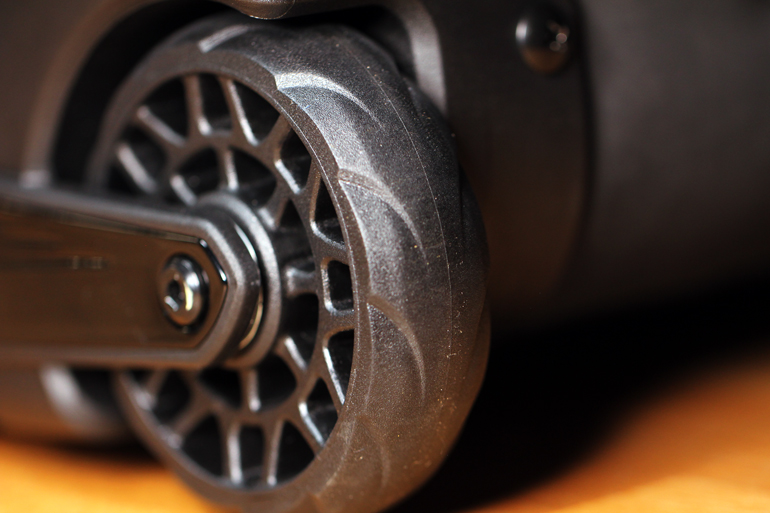
At first blush out of the box, like the Think Tank, the build quality of the Tenba seems excellent. Traveling with quality camera bags, we often get stopped by TSA agents or airline staff to comment on how nice our carry-on is, build-quality wise (true story). This bag is no exception to that, and I’d be proud to carry it alongside our other travel kit. In addition, Tenba claims to have added a number of water and soil resistant features to the fabric itself, which sounds great. We’ll test that long term.
The Tenba Cineluxe Roller 21, according to the Tenba site, is comparable, if not slightly bigger than the Sachtler Dr. Bag 3. However, in a side-by-side comparison it looks shorter and slightly smaller overall. Our current bags maybe an older model, or maybe stretched out some, or maybe they are measuring in a different way.
It should be noted, at the same time, that one of our chief complaints about the Dr. Bag 3 is that it’s just a few millimeters too tall for some overhead bins - and consequently needs to be wrestled with on occasion. That should be a non-issue for the Cineluxe 21, and it seems plenty big overall.
While we’re not big on using the provided dividers in general, it would be a shame to not mention what Tenba has done with theirs. They have some sort of new, flexible metal strips inside, and are actually both soft and rigid - which means they are able to be bent into shape and maintain their form. It’s actually a pretty cool innovation, and could be something people really use and like.

Another neat thing is that the bag features grooves in the cargo area’s floor, which allow for a quick release, rails base plane, or ENG style VCT plate to sit lower than the overall rig and keep the camera flat, upright and secure. Since we tend to keep our rigs light enough to use a simple Manfrotto 394 plate on everything, I don’t know that that has been a problem in our experience, but it’s a thoughtful attention to detail thing that is worth noting.
Because it’s a roller bag by design, it actually doesn’t have mounting points for a shoulder strap - which we think is an an oversight. When we put a fully mounted camera rig in an open Doctor style bag, we’re usually going to want to have a shoulder strap affixed. We could be carrying it across grass, or gravel, or a glacial moraine. We think this shouldn’t be a deal breaker, though - for a few bucks you could clip a couple carabiners on to the sturdy end handles and easily mount your Tom Bihn Absolute Should Strap (or equiv) in relative style.
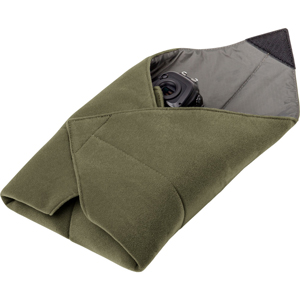
Beyond the ability to roll, one of the main bonus points of buying into this bag vs. our beloved Dr. Bag 3 is that it actually comes with a couple of Tenba's own padded wraps.
It also includes a pretty nifty padded pouch for lenses, your fluid head or whatever you might want to wrap for travel.
These Tenba wraps are a great introduction into our style of packing, if you’re so inclined. You’ll probably never look back. Happy trails.
Conclusion
The Sachtler Dr. Bag 3, Think Tank Video Transport 20 and Tenba Cineluxe Roller 21 are all excellent options for functional, multipurpose video production travel bags, especially for US domestic travel and carry-on purposes.
If there is an overriding innovation with all of these bags, it’s that they are trying to be both a good solution for travel and for the actual production work - pulling the type of double duty we have come to expect of our travel kit. Though they maybe don’t provide the kind of bomb-proof protection a hard case Pelican might offer the more well-heeled professional traveller, they make up for it in being versatile. That goes a long way in the Digital Filmmaker book.
If we could only pick one, which would it be? Well, that all depends. If you are a user that does a lot of car travel and some domestic air travel, and needs a solid road case to carry a heavy load, the Think Tank Video Transport is a no-brainer that we think will stand the test of time. If you’re looking to get in to the doctor bag game, but think you might want to have some built-in wheels for urban travel and smaller regional airline flights, the Tenba Cineluxe Roller 21 is a standout.
On our next trip to Alaska or some equally remote place across the country or globe, we’ll be happy to have options.
